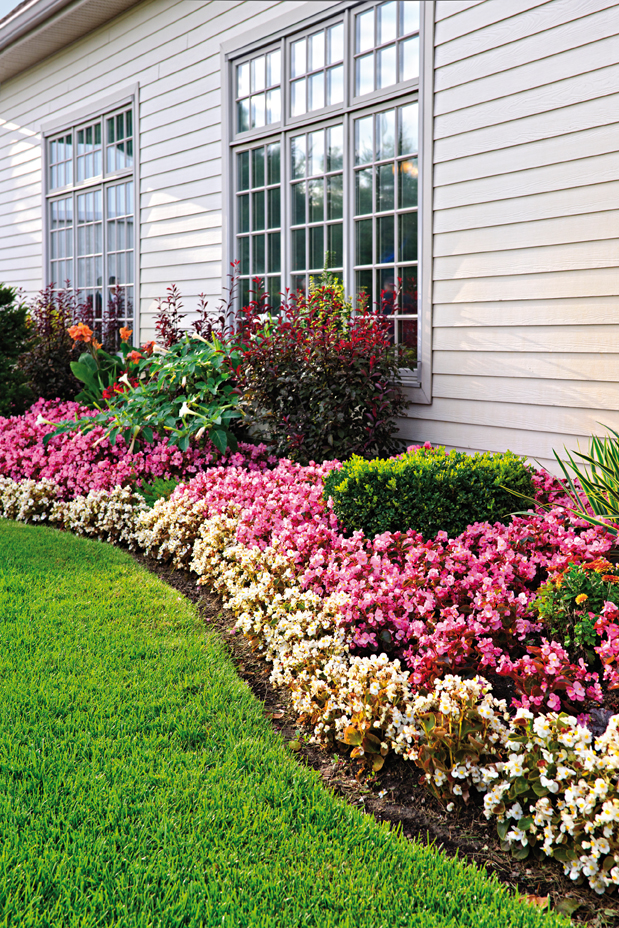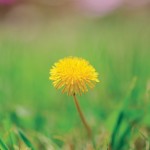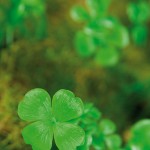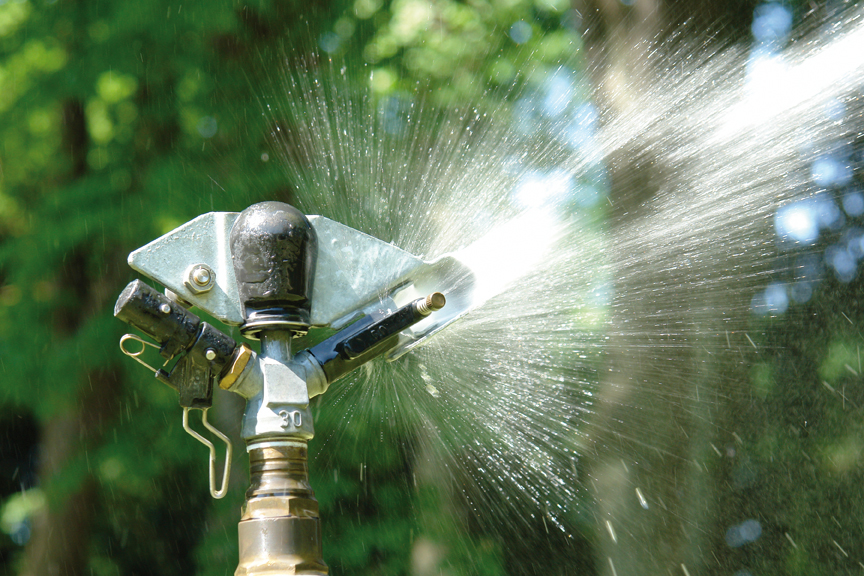Ingredients for a Lush Lawn: Good Weather, Know-How and Hard Work
 Growing a beautiful lawn requires cooperation from Mother Nature, the right information, and good old-fashioned hard work. We can’t control the weather and the hard work is up to you, so we’ll try to help with the know-how.
Growing a beautiful lawn requires cooperation from Mother Nature, the right information, and good old-fashioned hard work. We can’t control the weather and the hard work is up to you, so we’ll try to help with the know-how.
For maximum summer beauty, fertilizing with a high-nitrogen, slow-release fertilizer in late fall and early winter is important. We recommend applying a 25-0-5, 32 percent XRT fertilizer in November, and 32-0-7, 32 percent XRT in late December. The sequence of numbers indicates a fertilizer’s composition: the first number is the percentage of nitrogen, the second is phosphorus, and the last is potassium. The percentage of XRT indicates the amount of nitrogen specially designed to be released slowly into the soil over a 10- to 12-week period.) However, if you missed the winter feeding, there are a number of activities and products you can employ for a healthy and beautiful lawn this spring and summer.
 Time to Control Weeds and Disease
Time to Control Weeds and Disease
An important rule of thumb to follow: fall is for seeding and fertilization, while spring is the best time to control weeds and turf diseases. So don’t do much more than spot seeding in the spring. Seeding on a broader scale in spring is often a waste of time and money, since the newly germinated grass does not have time to produce an adequate root system before the heat of summer.
Your first concern in early spring should be controlling crabgrass. The best way to control this annual grassy weed is to apply a granular pre-emergent herbicide between March 1st and 15th. A pre-emergent herbicide will prevent the crabgrass seeds from germinating. We recommend applying a weed and feed product containing the pre-emergent herbicide, combined with a slow-release fertilizer (15-0-5, for example). The rate of application will vary depending on the product chosen. Read the label carefully before applying any weed-control product.
 Next Challenge: Broadleaf Weeds
Next Challenge: Broadleaf Weeds
The next challenge is broadleaf weeds—dandelion, chickweed and clover, to name a few. April 1st to April 30th is the optimal time to apply a granular weed-and-feed or to spot-spray a liquid herbicide. Apply the broadleaf granular product in the early morning when your lawn is wet with dew. Avoid mowing for one to two days before and after application. You need as much exposed leaf as possible to give the herbicide adequate surface area to move into the plant. The suggested rate of application will be determined by the product chosen. Most broadleaf herbicides will not harm your healthy tall fescue grasses if applied at the proper rate.
Going into the heat and high humidity of summer we face two pests—weeds and fungal diseases. For the occasional weed, it’s best to spot treat with a liquid differentiating herbicide. Such herbicides will kill the weed but not the grass if applied in strict accordance with label instructions. Be mindful of the forecasted high temperature for the day. Do not apply any herbicide when the high for the day will be at or above 90 degrees. Doing so may result in browning of your grass.
Look Out for Fungus
The next concern is fungal diseases. When the combined total of the relative humidity and the temperature reaches 150, conditions are ideal for the growth of turf diseases. So on those days when the temperature is in the high 80s and the humidity goes above 70 percent, be on the lookout for Dollar Spot, Brown Patch and Pythium, the three most common fungal diseases occurring in this area. Infestation is unattractive and will cause you and your lawn great stress. You can reduce both stress levels by treating the affected areas with multiple applications (every 14 to 28 days) of a granular fungicide such as DISARM. Apply all fungal products only after carefully reading the label.
 Best Practices
Best Practices
There are a few vital practices that are critical to having a beautiful lawn. Making these practices part of your turf management program is critical to controlling summer turf diseases and weeds.
Mowing is the most frequent lawn care activity we perform, and doing it incorrectly is one of the most harmful things you can do to your lawn. Always use sharp mower blades; not doing so results in rough, ragged leaf tips, which encourage disease to enter the plant.
In the heat of summer, maintain tall fescue grass at a height of 3 inches, and when it really gets hot, raise the mowing height to between 3 ½ and 4 inches. Never cut more than one-third of the grasse’s total height in any single mowing event. And consider not bagging your clippings. Returning clippings to the lawn will naturally add nutrients—specifically up to 1/3 of your lawn’s nitrogen requirements. However, rake and remove excessive clippings; too much of a good thing can be bad for your lawn.
After mowing, the next most important activity is watering. The optimal time to water during summer’s heat is between 4 a.m. and 8 a.m., but no watering after noon. You don’t want water standing on your lawn in the evening, because the longer you leave your lawn wet, the greater the opportunity for fungal diseases. Your soil has thousands of naturally occurring fungi all waiting for optimal conditions to begin growing.
Be sure the lawn gets an inch of water per week. Water fewer times, but for longer periods to encourage the grass to send its roots deeper into the soil, helping protect it from drought.
Remember, the best defense against weeds and diseases is a thick and healthy stand of grass. Fertilize at the proper time and at proscribed rates, apply herbicides and fungicides according to their labels, and use good cultural practices. These steps will help you enjoy a beautiful lawn this summer.






